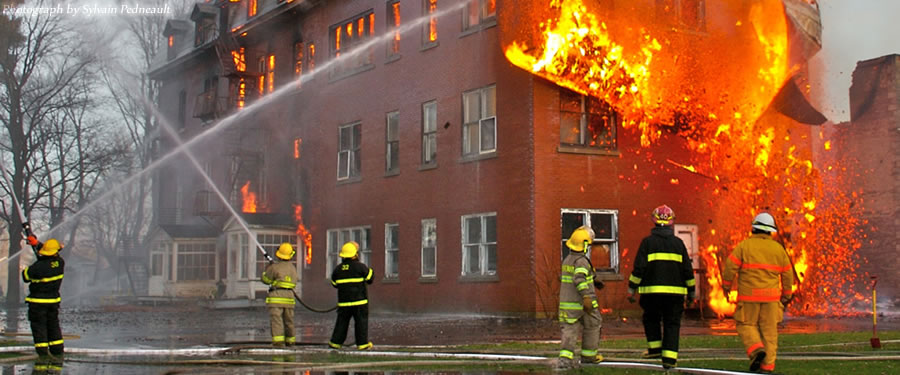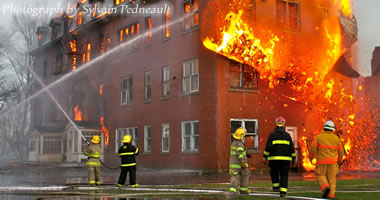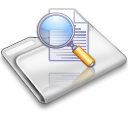Benfits of Business Intruption Insurance
Business Interruption Insurance:
- Provides the income that a business normally provides itself, should that business be shut down by an insured peril.
- Allows a business to continue after a loss without going into debt or spending capital set aside for future development.
- Reduces the possibility of bankruptcy after a loss due to the lack of capital.
- Enables a business to retain key personnel during a shutdown.
- Makes the business a better credit risk and a more secure investment.
- Benefits governments and society with continuing tax revenue and a healthy business community..
4 Steps to Recovery Following a Loss:
- Initial stages include investigation of what happened (eg. Fire, burglary, etc) and complying with authorities for permits to restore premises. During this time, locate alternative, temporary premises.
- Rebuilding stage will include restoration of buildings and equipment. During this stage, a landlord and his insurers may also be involved. Replacement of EDP equipment and restocking inventory should also be taking place.
- Resumption stage involves moving back into rebuilt premises and setting up equipment, restocking shelves, recalling employees and placing ads.
- Recapture stage is the time it takes to get business up and running and sales levels back to normal levels.
Some key terminology regarding business interruption insurance:
- Direct Loss – This is strictly loss or damage, caused by an insured peril, to the actual property insured. For example, fire damage to building, equipment and stock.
- Indirect Loss – Refers to the loss of financial income which the business will suffer as a result of the reduction in business operations that is a consequence of a physical damage loss. For example, an apartment building sustains severe fire damage that results in a number of tenants moving / relocating.
- Fixed Expenses – These are the expenses that will continue regardless of the activity of the business. They must be paid even if there is a total shutdown of the business. For example, bank loans, taxes, and the insurance premiums.
- Variable Expenses – These are the expenses that vary in direct proportion to the amount of business transacted. If the business shut down, these expenses will not continue. For example, cost of raw materials, packaging and commissions.
- Ordinary Payroll – The entire payroll expense for all employees of the insured, except for officers, executives, department managers, employees under contract and other employees whose services would not be dispensed with should the business be interrupted.
- Key Employees – Those employees who are excluded under ordinary payroll, that is employees whose services should not be dispensed of, should the business be interrupted, because they are key to the success of the insured’s operation. For example, a restaurant may employ a world-renowned chef whose reputation is critical to the restaurant’s success so the insured may elect to identify that employee as a key employee so his salary would be covered in the event of a loss.
- Standing Charges – Standing charges are operating expenses which may or may not continue in the event of total or partial shutdown (i.e. fixed expenses). This term is used in the Profits wording to refer to operating expenses.
















